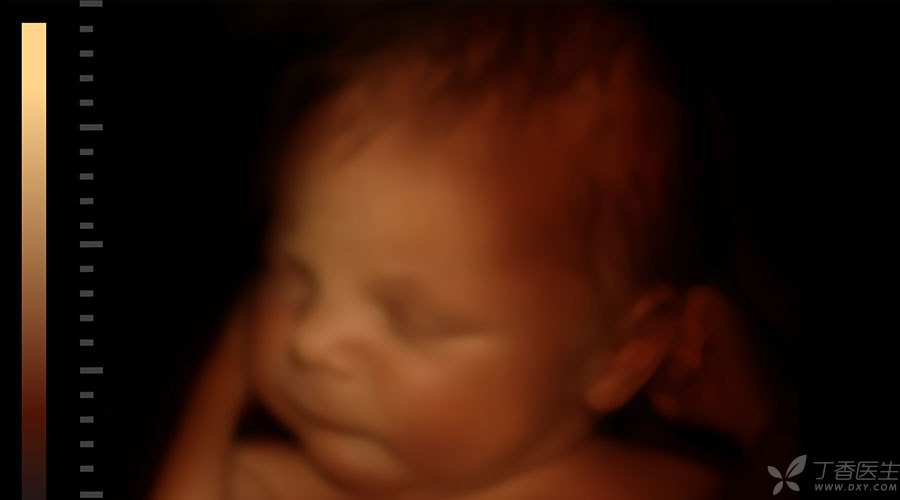
Many expectant mothers and fathers are very curious about the unborn baby. In addition, many hospitals and even non-medical institutions have introduced [four-dimensional photos]. Unlike the black B-ultrasound photos during the prenatal examination, people who do not understand what can also see the facial features and movements of the fetus, giving people a lot of joy.
In addition, many organizations say that 4D is [the most advanced ultrasonic diagnostic technology at present] and has great advantages in finding various abnormalities in the fetus. Many mothers regard this examination as a necessary examination during pregnancy.
In fact, purely technically speaking, three-dimensional and four-dimensional color Doppler ultrasound is essentially no different from ordinary B-ultrasound:
- Three-dimensional is to collect a lot of B-ultrasound images, through image processing technology, according to a certain order to rearrange to form three-dimensional images. Four-dimensional is to add a time dimension on the basis of three-dimensional, parents can see the dynamics of their children.
These two kinds of color Doppler ultrasound are made by post-production of ordinary B-ultrasound images.
Four-dimensional ultrasound can enable non-professionals to intuitively see the dynamics of the fetus, but for the judgment of fetal structural abnormalities, four-dimensional ultrasound has no more obvious advantages than three-dimensional or conventional color Doppler ultrasound screening.
Three-dimensional and four-dimensional ultrasound examination uses higher ultrasound power than ordinary ultrasound. Although there is no evidence that ultrasound will have adverse what effects on the fetus, it is not recommended to carry out frequent ultrasound examination, especially in the first trimester of pregnancy, and three-dimensional and four-dimensional examinations that are not required for medical purposes are not beneficial to the fetus.
Is it necessary to use [four dimensions] to check deformities?
Not necessarily
Now many expectant mothers are talking about [doing four-dimensional], which is actually B-ultrasound screening of fetal system in the second trimester of pregnancy.
This examination is very important. It is an important means to understand the development of the fetus during pregnancy and observe whether the fetus has malformation, so it is also called fetal malformation screening. It is recommended to carry out it between 18 and 24 weeks of pregnancy.
To eliminate fetal malformation, only a high-resolution diagnostic instrument is needed to meet the needs of clinical diagnosis, not necessarily [four-dimensional] ultrasound. Only when some special structural malformations are suspected, such as cleft lip, facial structural abnormalities and other malformations, will four-dimensional further diagnosis or elimination be carried out.
What has the greatest impact on the examination results is not the examination method, but the level of the doctors who carry out the examination. Ultrasonic doctors who carry out fetal malformation screening need to obtain corresponding qualifications before they can carry out fetal malformation screening.
Therefore, when conducting the examination, we must choose a regular prenatal examination institution.
Avoid examination for non-medical purposes as much as possible.
The most important purpose of various examinations during pregnancy is to determine the health status of the mother and the fetus, rather than to let prospective parents and relatives see the appearance, sex and other characteristics of the fetus in advance.
Sometimes, there may not be a way to capture the photos or videos of the fetal face very accurately and perfectly during the examination, but this does not affect the screening of fetal abnormalities.
Even though seeing the baby’s appearance in advance will bring a lot of joy to the family, we do not recommend deliberately prolonging the examination time or repeating the examination many times in order to obtain clear and accurate pictures.
In the same sentence, prenatal ultrasound examination is very important, but the fewer unnecessary examinations, the better.
